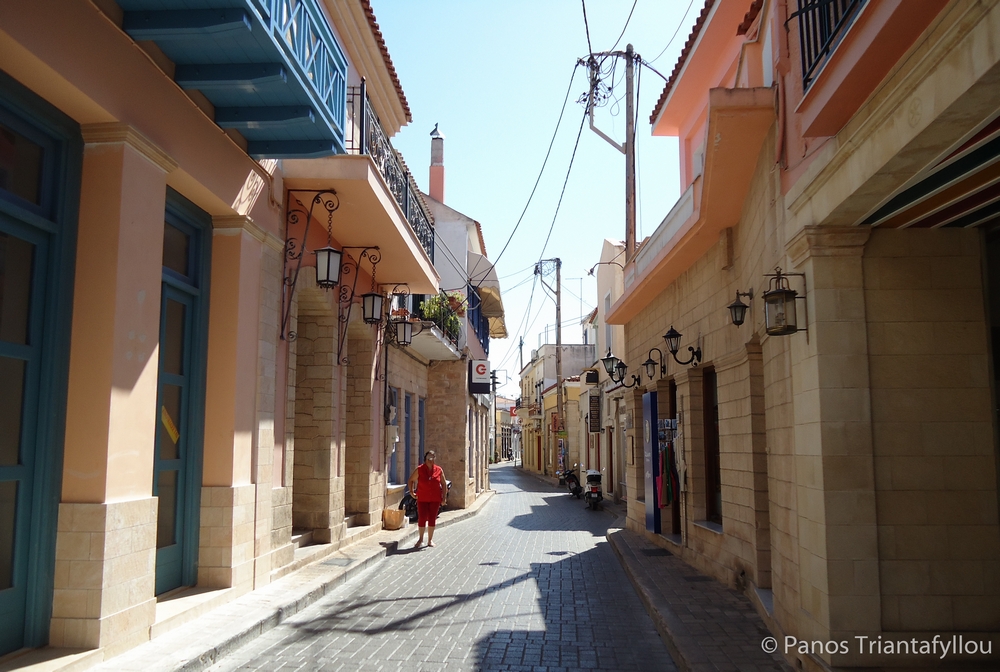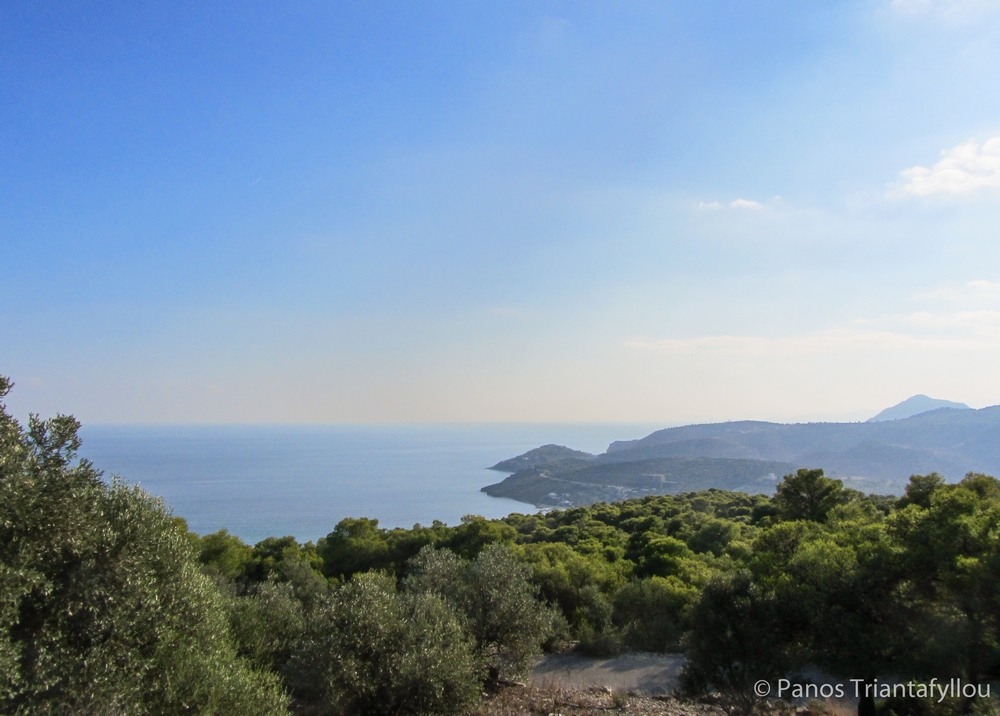Aegina
Aegina is the second largest island of Argosaronic, famous for its peanuts.
Location
Timeline
Modern and Contemporary era (1821 - )
1828 Became the first capital, until 1829.

Aegina is the second largest island of Argosaronic, famous for its peanuts.
Home > Athens > Nature > Sea front > Argosaronic islands > Aegina















Aegina is the second largest island of Argosaronikos Gulf (about 85 sq.km), after Salamis, and has a dry climate. Visitors have the opportunity to explore many interesting places, such as the ancient Temple of Aphaia (500 BC), the sanctuary of Ellanios Zeus, the medieval settlement of Paleochora, the church of Saint Nektarios (for the faithful Christians), the Historical Museum of Aegina, the Christos Capralos Museum and the Kolona area (which includes the Archaeological Museum, the prehistoric settlement, the Acropolis, the Sanctuary of Apollo and the Byzantine Settlement.) Also, in the city of Aegina, the Markellos Tower, the Cathedral, the Eynard Teaching Hall, the Governor’s House, the Municipal Library and the Orphanage are of particular architectural value. Finally, the most famous beaches of the island are Souvala, Marathonas, Vagia, Aeginatissa, Agia Marina, Perdika, Portes and Moni.
This island of 17,000 inhabitants is known for its pistachio trees and the famous pistachios of Aegina. It also has a very rich marine ecosystem which attracts both amateur and professional explorers. Some beaches on the eastern part of the island are not accessible by land, so the landscape is virgin. Aegina was created for the most part by volcanic lava, and its tallest mountain is 532m high. The contribution of the island and its inhabitants during the Greek Revolution was great, and Aegina constituted the first capital of the newly established Greek state.
Aegina Island (d.u.), Αίγινα, [Aegina], in
Last visit 5/5/2018
Field observation by scientific editors
Avramidou A., (2014), Palaiochora Hill, Northern Aigina, in Navigation the Routes of Art and Culture, Part III, Attica, GREU2014, Ministry of Culture and Sports
Glytsi Ε., (2014), Sanctuary of Aphaia on Aigina, in Navigation the Routes of Art and Culture, Part III, Attica, GREU2014, Ministry of Culture and Sports
Felten K.F., (2014), Kolona, Aigina, in Navigation the Routes of Art and Culture, Part III, Attica, GREU2014, Ministry of Culture and Sports
Michalopoulou S., (2014), Sanctuary of Zeus Hellanios on Mt. Oros, Aigina, in Navigation the Routes of Art and Culture, Part III, Attica, GREU2014, Ministry of Culture and Sports
1828 Became the first capital, until 1829.
Share